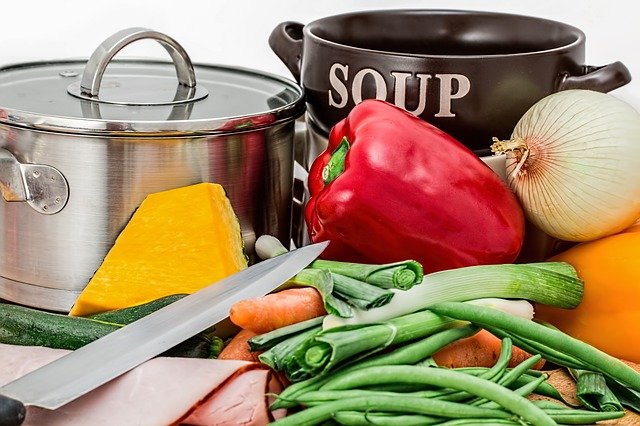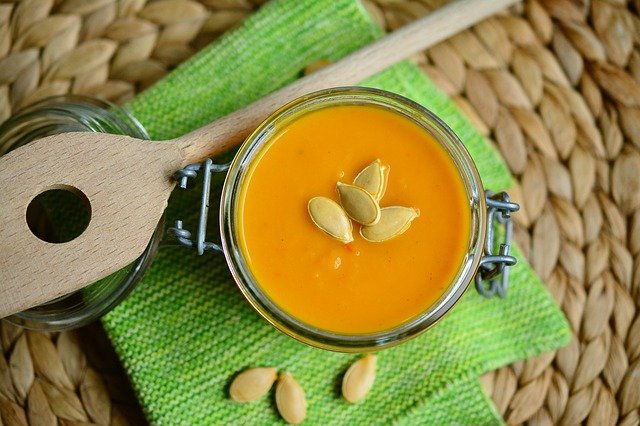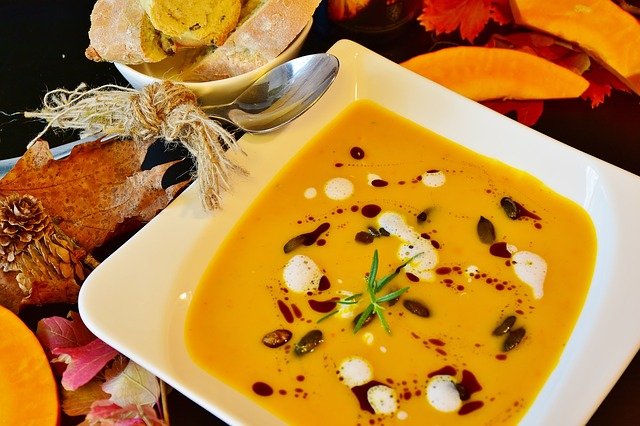THE CHEMISTRY AND ECONOMY OF SOUP-MAKING.
Stock being the basis of all meat soups, and, likewise, of all the primary sauces, it is vital to the success of these cooking operations, to understand the most cost-effective and total approach of drawing out, from a specific amount of meat, the very best possible stock or broth. The theory and viewpoint of this procedure we will, for that reason, discuss, then continue to reveal the useful course to be embraced.
The other part increases to the surface area of the stock and is that which has left the cells which were not entire, or which have burst by boiling. Osmazome is soluble even when cold, and is that part of the meat which offers flavour and fragrance to the stock. Brown meats include more than white, and the previous make the stock more aromatic.
From this home in albumen, it is evident that if the meat is put into the stock-pot when the water boils, or after this is made to boil up rapidly, the albumen, in both cases, solidifies. In the very first it increases to the surface area, in the 2nd it stays in the meat, however in both, it avoids the gelatine and osmazome from liquifying, and for this reason, an unsavoury and thin stock will be gotten.

2 ounces of them consist of as much gelatine as one pound of meat; however in them, this is so encased in the earthy compound, that boiling water can liquify just the surface area of entire bones. Gelatine kinds the basis of stock; however this, though extremely nourishing, is entire without taste; and to make the stock savoury, it needs to include osmazome. Of this, bones do not include a particle; and that is the factor why stock made entirely of them, is not liked; however, when you add meat to the pulverised or damaged bones, the osmazome consisted of in it makes the stock adequately mouth-watering.
In concluding this part of our topic, the following condensed tips and instructions need to be addressed in the economy of soup-making:
When the stock is well skimmed and starts to boil, put in salt and veggies, which might be 2 or 3 carrots, two turnips, one parsnip, a lot of leeks and celery connected. If the fried onion is included, it ought, according to the guidance of a well-known French chef, to be connected in a little bag: without this preventative measure, the colour of the stock is responsible for being clouded.
If the meat be boiled exclusively to make stock, it needs to be cut up into the tiniest possible pieces; however, typically speaking, if it is wanted to have great stock and a bit of mouth-watering meat also, it is required to put a rather significant portion into the stock-pot, state enough for 2 or 3 days, throughout which time the stock will keep well in all weather conditions. Select the best meat, and have it cut as thick as possible; for if it is a thin, flat piece, it will not look well, and will be soon ruined by the boiling.
Veal stock has less colour and taste; while mutton in some cases provides it with a tallowy odour, far from acceptable, unless the meat has been formerly roasted or broiled. From the best meat, the finest stock is gotten.

Put the stock-pot on a mild fire, so that it might warm slowly. The rising of the solidified albumen has the very same impact in clarifying stock as the white of eggs; and, as a guideline, it might be stated that the more residue there is, the clearer will be the stock.
Never ever clean meat, as it denies its surface area of all its juices; different it from the bones, and connect it around with tape, so that its shape might be maintained, then put it into the stock-pot, and for each pound of meat, let there be one pint of water; press it down with the hand, to permit the air, which it includes, to leave, and which typically raises it to the top of the water.
By this time we will now expect that you have sliced the bones which were separated from the meat, and those which were left from the roast meat of the day in the past. In their damaged state connect them up in a bag, and put them in the stock-pot; including the gristly parts of cold meat, and trimmings, which can be utilised for no other function.
The rising of the solidified albumen has the same result in clarifying stock as the white of eggs; and, as a guideline, it might be stated that the more residue there is, the clearer will be the stock. Cover the stock-pot well, to avoid evaporation; do not fill it up, even if you take out a little stock unless the meat is exposed; in which case little boiling water might be included, however just enough to cover it.

If the preparation of this basis of the cooking part is entrusted to oblivious or irresponsible individuals, and the stock is not well skimmed, however, indifferent outcomes will be gotten. The stock will never be bright; and when it is required to be clarified, it is degraded both in quality and flavour. In the appropriate management of the stock-pot, an enormous offer of difficulty is conserved, since one stock, in a little supper, serves for all functions.
Include now the veggies, which, to a specific degree, will stop the boiling of the stock. Cover the stock-pot well, to avoid evaporation; do not fill it up, even if you take out a little stock unless the meat is exposed; in which case little boiling water might be included, however just enough to cover it.
In the very first it increases to the surface area, in the 2nd it stays in the meat, however in both, it avoids the gelatine and osmazome from liquifying, and for this reason, an unappetizing and thin stock will be gotten. Gelatine kinds the basis of stock; however this, though nourishing, is total without taste; and to make the stock savoury, it should consist of osmazome. Of this, bones do not consist of a particle; and that is the factor why stock made entirely of them, is not liked; however, when you include meat to the pulverised or damaged bones, the osmazome involved in it makes the stock adequately mouth-watering.
Eliminate the residue when it increases massively, and do not let the stock boil, since then one part of the waste will be liquefied, and the other goes to the bottom of the pot; hence rendering it challenging to acquire a clear broth. If the fire is regular, it will not be needed to include cold water to make the residue increase; however if the fire is too big initially, it will then be required to do so.
Source of Images: Pixabay
Created By BeloMedia UK with Digiuni.education